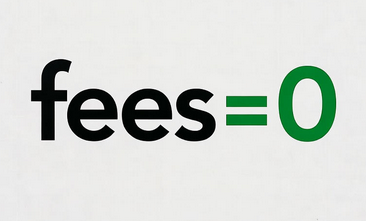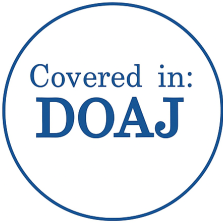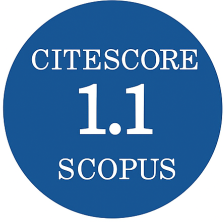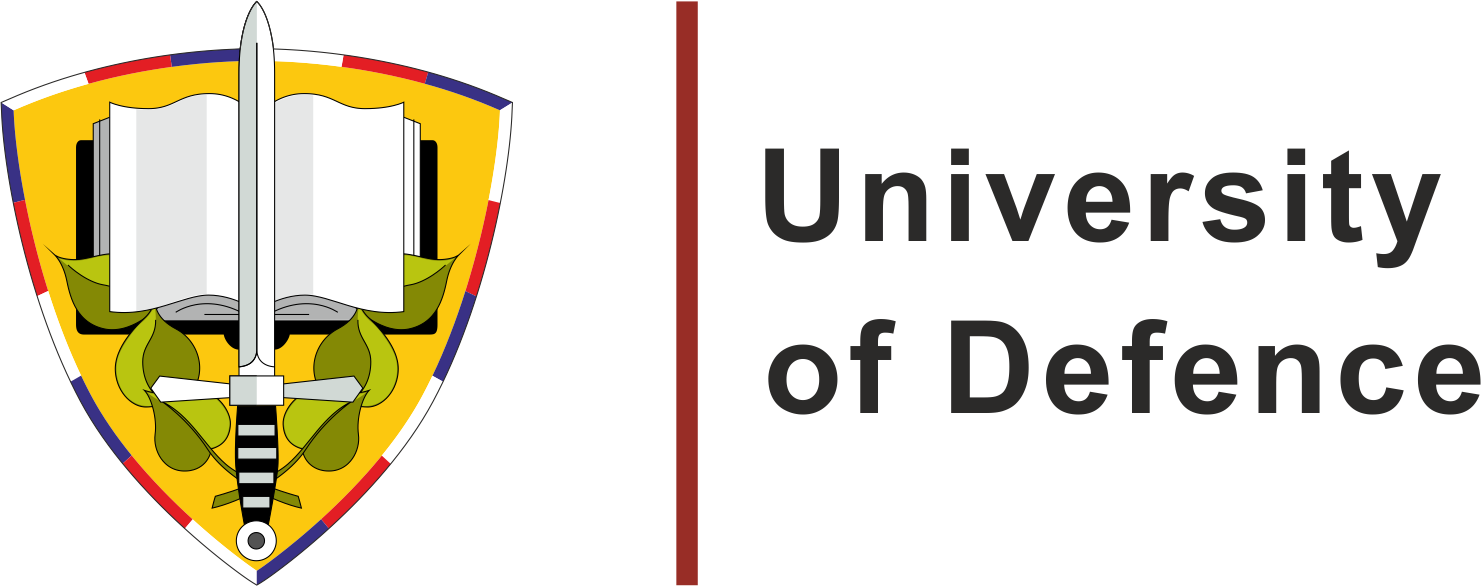Mathematical Analysis and Route Optimization for Enhanced Emitter Geolocation Using Triangulation
DOI:
https://doi.org/10.3849/aimt.01895Keywords:
geolocation, emitter localization, triangulation, route optimizationAbstract
This paper explores using geolocation techniques in military applications, focusing on optimizing flight maneuvers for aerial platforms to locate ground Radio Frequency (RF) threats accurately. The importance of observing the threat from wider angles to mitigate geolocation errors is emphasized. Through the analysis, the aim is to determine the optimum heading angle that enhances the precision of the geolocation technique. Determining optimal heading angle allows for an optimized route, leading to more accurate localization of RF threats. Significant improvements in geolocation accuracy were achieved by implementing route optimization, mainly by maximizing the difference between the direction of signal arrival data collected by the platform. These strategies are crucial in reducing geolocation errors and enhancing threat detection and positioning capabilities in military operations.
References
REN, R., M.L. FOWLER and E.N. WU. Finding Optimal Trajectory Points for TDOA/IFDOA Geo-Location Sensors. In: 2009 43rd Annual Conference on Information Sciences and Systems. Baltimore: IEEE, 2009, pp. 817-822. https://doi.org/10.1109/CISS.2009.5054830
DOĞANÇAY, K. UAV Path Planning for Passive Emitter Localization. IEEE Transactions on Aerospace and Electronic Systems, 2012, 48(2), pp. 1150-1166. https://doi.org/10.1109/TAES.2012.6178054
SHAHIDIAN, S.A.A. and H. SOLTANIZADEH. Optimal Trajectories for Two UAVs in Localization of Multiple RF Sources. Transactions of the Institute of Measurement and Control, 2016, 38(8), pp. 908-916. https://doi.org/10.1177/0142331214566026
TZOREFF, E. and A.J. WEISS. Single Sensor Path Design for Best Emitter Localization via Convex Optimization. IEEE Transactions on Wireless Communications, 2017, 16(2), pp. 939-951. https://doi.org/10.1109/TWC.2016.2635123
KIM, N. Optimized Flight Path for Localization Using Line of Bearing [M.S. Thesis]. Department of the Air Force, Korea Aerospace University, Goyang, 2015.
SEMPER, S.R. and J.L. CRASSIDIS. Decentralized Geolocation and Optimal Path Planning Using Limited UAVs. In: 2009 12th International Conference on Information Fusion. Seattle: IEEE, 2009, pp. 355-362. ISBN 0-9824438-0-3.
ROBERTSON, S. Practical ESM Analysis. Norwood: Artech House, 2019. ISBN 1-63081-528-4.
ELSAESSER, D. Emitter Geolocation Using Low-Accuracy Direction-Finding Sensors. In: 2009 IEEE Symposium on Computational Intelligence for Security and Defense Applications. Ottawa: IEEE, 2009, pp. 1-7. https://doi.org/10.1109/CISDA.2009.5356549
GAVISH, M. and E. FOGEL. Effect of Bias on Bearing-Only Target Location. IEEE Transactions on Aerospace and Electronic Systems, 1990, 26(1), pp. 22-26. https://doi.org/10.1109/7.53410
POISEL, R.A. Electronic Warfare Target Location Methods. 2nd ed. Norwood: Artech House, 2012. ISBN 1-60807-523-0.
Downloads
Published
Issue
Section
Categories
License
Copyright (c) 2025 Advances in Military Technology

This work is licensed under a Creative Commons Attribution-NonCommercial 4.0 International License.
Authors who publish with this journal agree to the following terms:
1. Authors retain copyright and grant the journal right of first publication with the work simultaneously licensed under a Creative Commons Attribution License that allows others to share the work with an acknowledgement of the work's authorship and initial publication in this journal.
2. Authors are able to enter into separate, additional contractual arrangements for the non-exclusive distribution of the journal's published version of the work (e.g., post it to an institutional repository or publish it in a book), with an acknowledgement of its initial publication in this journal.
3. Authors are permitted and encouraged to post their work online (e.g., in institutional repositories or on their website) prior to and during the submission process, as it can lead to productive exchanges, as well as earlier and greater citation of published work.
Users can use, reuse and build upon the material published in the journal for any purpose, even commercially.






